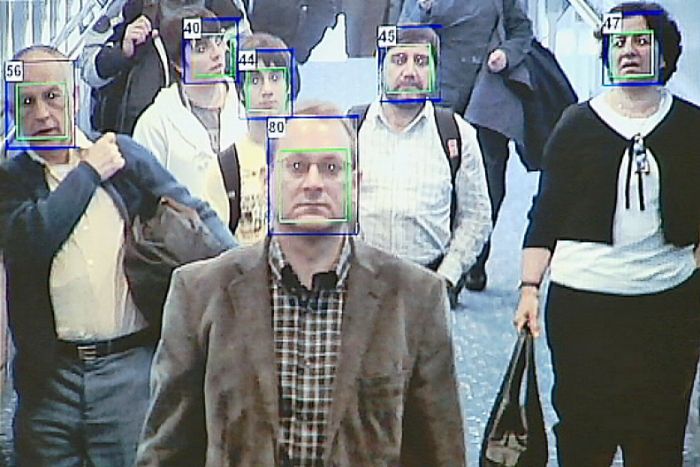Launched this summer, this biometric program has shown greater efficiency on land frontiers than at airports
It has been almost three months since the implementation of biometric facial recognition for the verification of international travelers at US entry points, and Customs and Border Protection (CBP) agents reported that this technology has helped them in the arrest of 26 alleged impostors who sought to illegally enter US territory.
According to digital forensics specialists from the International Institute of Cyber Security, CBP officials began implementing this kind of technology this summer. As travelers enter the US territory, a CBP official verifies their documentation while multiple cameras look fmatches between travelers’ faces with a database. In cases of American travelers, their image is compared with their passport photo available in the CBP files. If the photos do not match, the traveler is retained for a more thorough investigation.
These systems help CBP comply with a congressional order (issued 15 years ago) that establishes the use of biometric technology at the US borders. According to experts in computer security and digital forensics, the implementation of these measures had been postponed due to technological and financial complications, in addition to the lack of coordination with the National Homeland Security (NHS) policies.
The first detention carried out thanks to biometric technology took place at Washington Dulles International Airport, only three days after the implementation of the security system. The individual in question was a citizen from Congo who was trying to enter the US territory using a fake French passport. Since then, two other alleged impostors have been detained at this airport.
According to reports of specialists in digital forensics, this program is currently being carried out at 15 international airports, while CBP reports claim that biometric review points implemented at the land border crossings have proven to be more useful. Until November 20, CBP officers detained 23 people attempting to illegally enter the country on the southwestern border of Arizona; 18 on the border with Nogales and five in San Luis.
Thanks to these first successful results, CBP has decided to start testing this technology also by sea. In the immediate future, facial recognition programs will begin to be implemented for travelers from Royal Caribbean, Norwegian and Celebrity Cruise lines.
While the first results of this program have been considered successful, the number of arrests that have been achieved remains very low compared to CBP’s apprehension statistics. According to government figures, CBP officials had arrested almost 360k people attempting to enter the US illegally during the first half of 2018, which already exceeds the records reached in 2016 and 2017.
Multiple airlines, in addition to eight international airports are also using face recognition for boarding planes, including Air France/KLM, Scandinavia and some United flights from Dulles.

He is a well-known expert in mobile security and malware analysis. He studied Computer Science at NYU and started working as a cyber security analyst in 2003. He is actively working as an anti-malware expert. He also worked for security companies like Kaspersky Lab. His everyday job includes researching about new malware and cyber security incidents. Also he has deep level of knowledge in mobile security and mobile vulnerabilities.












